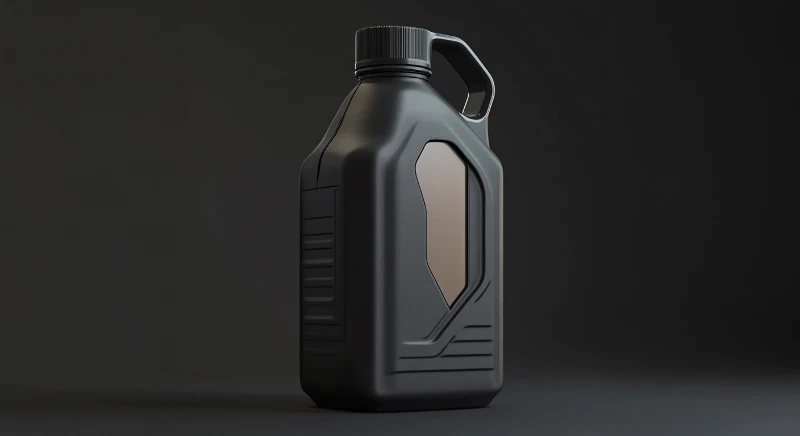Understanding fractions can sometimes be tricky, but with a little practice, they start to make sense. One of the most common fractions you'll see is 1/2. In this post, we'll look at what it means for a fraction to be equivalent to 1/2 and explore some examples.
Equivalent fractions are useful because they help us add, subtract, or compare fractions more easily. Sometimes, having fractions with the same denominator makes calculations simpler. They also help in understanding proportions and in solving many real-world problems.
What Does Equivalent Mean?
In math, "equivalent" means that two things are equal in value, even if they look different. When we talk about equivalent fractions, we're saying that different fractions represent the same part of a whole. For example, 1/2 and 2/4 might look different, but they both mean the same thing.
How to Find Equivalent Fractions for 1/2
Finding equivalent fractions for 1/2 is easy once you know how. All you have to do is multiply the top number (numerator) and the bottom number (denominator) by the same number. This will create a new fraction that represents the same value as 1/2.
Step-by-Step Example
-
Start with 1/2.
-
Multiply the numerator (1) and the denominator (2) by the same number. Let's use 2. So, 2/4 is equivalent to 1/2.
-
You can use any number to create an equivalent fraction. Let's try 3: So, 3/6 is also equivalent to 1/2.
List of Fractions Equivalent to 1/2
Here are some common fractions that are equivalent to 1/2:
- 2/4
- 3/6
- 4/8
- 5/10
All of these fractions represent the same part of a whole as 1/2. You can keep going by multiplying by any number, and you'll always end up with a fraction equivalent to 1/2.
Visualizing Equivalent Fractions
Sometimes it helps to visualize fractions to understand them better. Imagine a pizza cut into different numbers of slices. If you have a pizza cut into 2 slices and eat 1 slice, you've eaten half of the pizza. If the pizza is cut into 4 slices and you eat 2 slices, you've also eaten half of the pizza. This is why 1/2 and 2/4 are equivalent—they represent the same amount of pizza!
How to Check If Fractions Are Equivalent
To check if two fractions are equivalent, you can use cross-multiplication. Let's take 1/2 and 3/6 as an example:
-
Cross-multiply: Multiply the numerator of the first fraction by the denominator of the second, and do the same for the other pair.
-
If both products are equal, then the fractions are equivalent. Since both products are 6, we know that 1/2 and 3/6 are equivalent.
Summary
Fractions that are equivalent to 1/2 represent the same part of a whole, even if they look different. You can find equivalent fractions by multiplying both the numerator and denominator by the same number. Some common examples of fractions equivalent to 1/2 are 2/4, 3/6, and 4/8. Understanding equivalent fractions is a key part of mastering fractions and making calculations easier.
Try finding a few more fractions that are equivalent to 1/2! Start with 1/2 and multiply the top and bottom by different numbers. See how many you can come up with!





